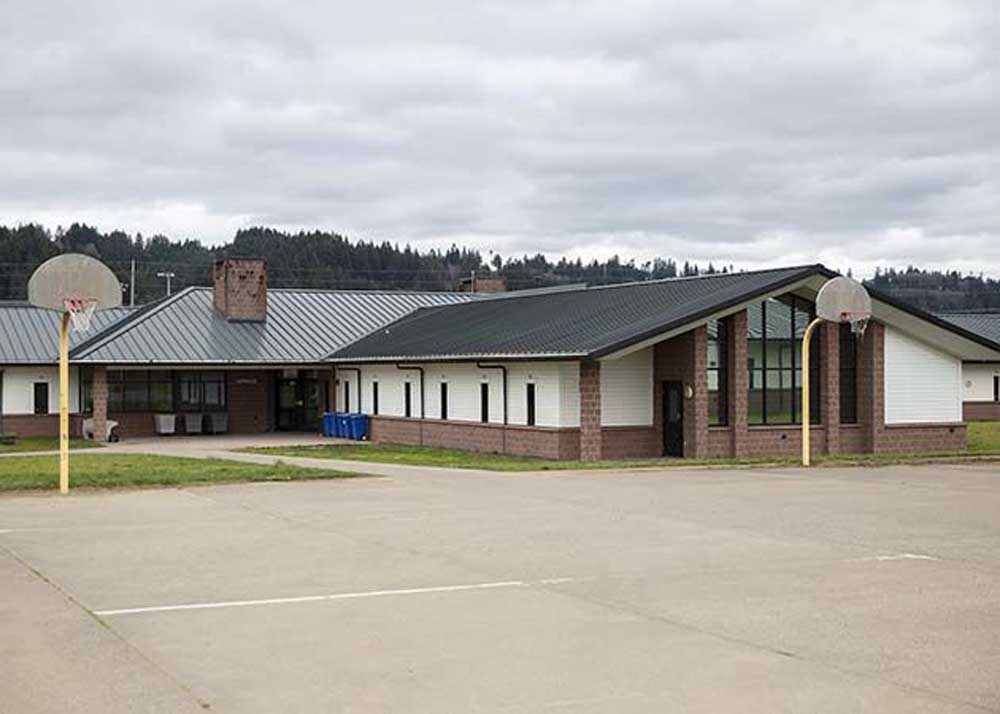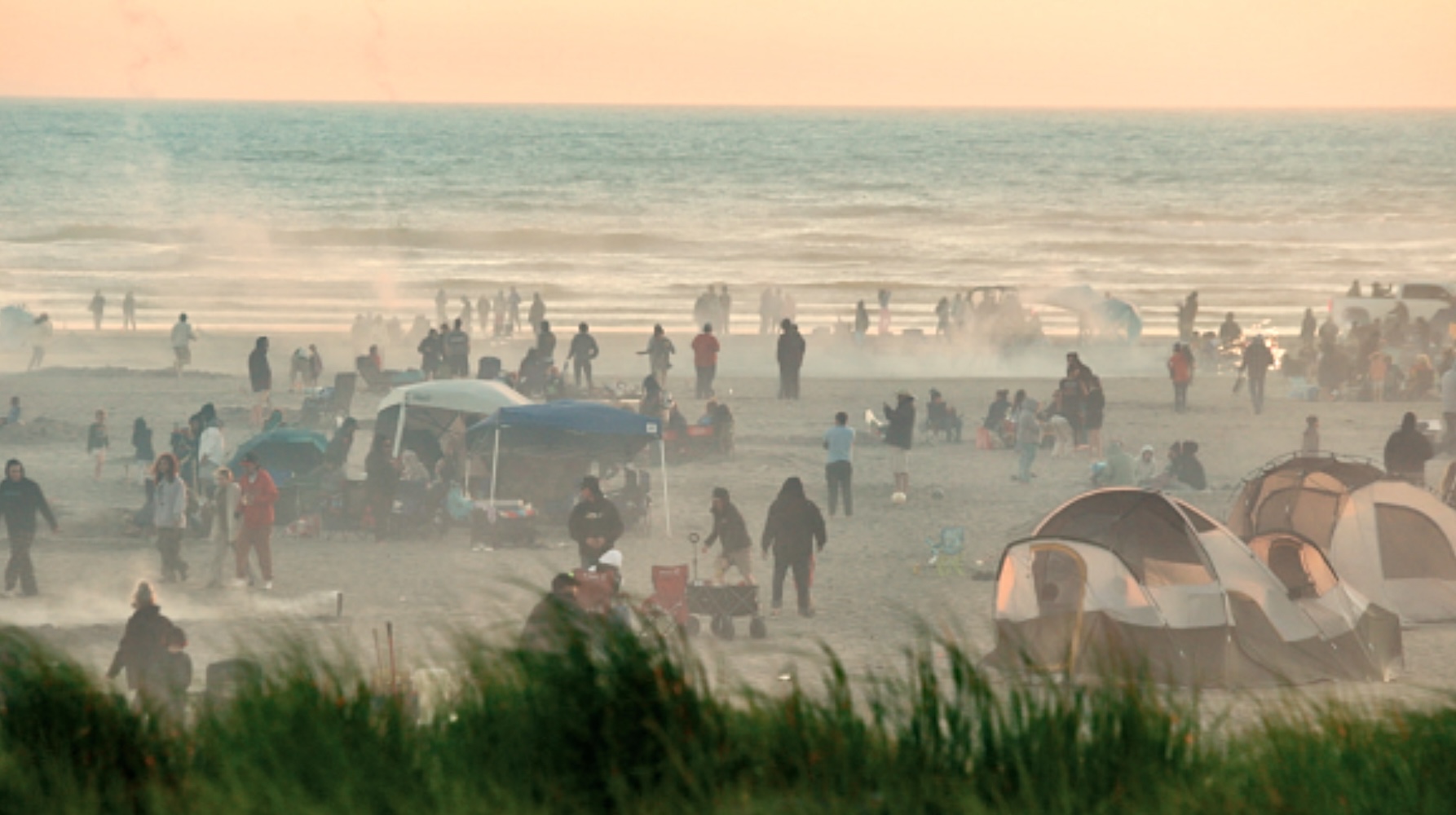Guest Column: WA is breaking its pact to rehabilitate juvenile offenders
Published 8:58 am Saturday, July 27, 2024

- Green Hill School is one of Washington state’s two remaining youth correctional facilities. We can’t stand by while our vision of a juvenile justice system that helps young people get their lives back on track and ensures true community safety falls apart, writes the author.
I was shocked at the news that 43 young people in our juvenile detention system were suddenly sent to adult prison without due process or notice. This sudden move is wrong for rehabilitation, wrong for community safety and wrong for the young people who will suffer as a result.
Under our “Juvenile Rehabilitation to 25” law, youth who made serious mistakes as children and are incarcerated as a consequence can stay in juvenile rehabilitation facilities until they are 25 years old. Placement in this age-appropriate setting ensures the state Department of Children, Youth, and Families can provide them with the education, programming and behavioral health support necessary to ensure they leave incarceration ready to be productive members of society instead of returning to a life of crime. Because the reality is, all these young people will return to the community.
Editor’s Note
This severe overcrowding problem quickly developed following the state’s forced closure of Naselle Youth Camp in Pacific County.
And our state is on track to fail them. Green Hill School, the facility from which all 43 of these young people were moved, is overcrowded. DCYF can’t hire and retain the staff necessary to run it despite increased funding from the Legislature. Leaders across state and local government failed to properly project what would be needed to respond to kids who are acting out in the aftermath of a pandemic that exacerbated the long-brewing youth behavioral health crisis. None of this is the fault of these 43 young people in the state’s care. It’s a tale as old as time — adults drop the ball and young people suffer.
These young people were sent to adult prison because they fit a simple profile — age 21 to 24 with a sentence that extends beyond their 25th birthday, not because of poor academic performance or bad behavior. To the contrary, they are exemplary models of rehabilitation. Five of the 43 young men who were transferred to the state Department of Corrections on Friday were honored in a graduation ceremony less than a month ago for being in the first cohort to earn bachelor’s degrees. Others are a quarter away from earning their degrees and were just cut off from this educational opportunity — something that would help them get a job once they eventually left incarceration so they could stay out of trouble. This achievement would also be a massive point of personal pride as they rehabilitate. The transfer to DOC happened less than two weeks into the summer quarter. Another dream crushed.
Every one of the 43 young people transferred from Green Hill School is a human being, with their own pasts and futures, their own demons and dreams. They’ve each made tremendous mistakes and done wrong in their lives, and they each deserve the opportunity to make things right as best as they can. Since 2018, I’ve worked with many of them through the TVW Capitol Classroom program, and this week I spent 11 hours at the prison in Shelton meeting with each of them to understand the impact of this transfer. I’ve heard their stories, and I know firsthand how important it is that our justice system gets this right.
When these young people — many of whom are mentors to younger residents at Green Hill School — were transferred to adult prison on Friday, they left important things behind. Some were physical, like the locket containing a dead relative’s ashes that one young person said he fears he will never see again. Some of what was left behind was intangible, like the sense that the state actually cared and was invested in their rehabilitation and success.
We told these young people if they stayed out of trouble and worked to get better, we’d have their back — that they could reject drugs, crime and gangs, and build a better future for themselves with our help. What a betrayal we’ve perpetrated.
We can’t stand by while our vision of a juvenile justice system that helps young people get their lives back on track and ensures true community safety falls apart. The problem isn’t that vision and JR to 25 — it’s mismanagement. DCYF needs to accept responsibility for its failures and the pain caused by this sudden transfer. And then they must tell us what they need to do better so the Legislature can ensure it happens.
We should all feel called upon to make our juvenile rehabilitation system work better, for the young people still in the system and for the society that will benefit as a result. I will continue to carry the stories of the young people who deserve better from us, and who we are failing. They deserve better than this.









